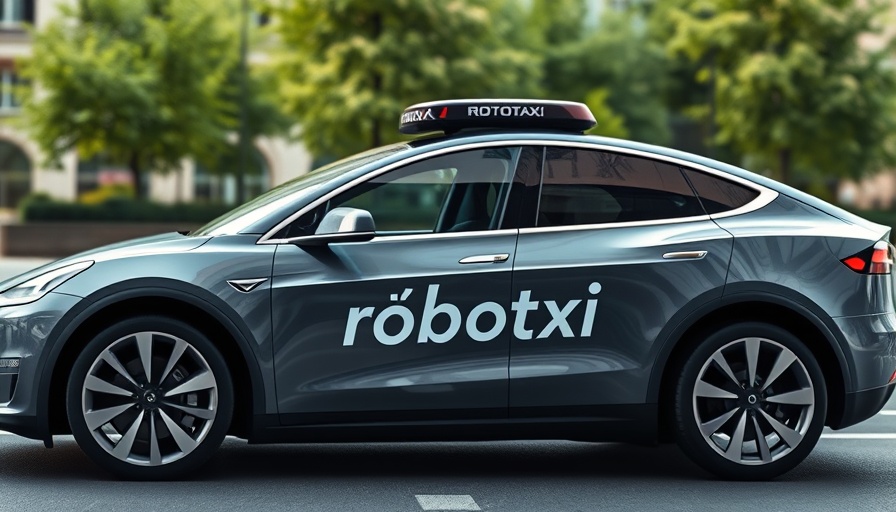
The Rise and Fall of Trump and Musk's Alliance
The intricate relationship between President Donald Trump and billionaire tech mogul Elon Musk has taken a surprising turn, unraveling in real time via social media platforms. Musk, who has previously been one of Trump's staunchest advocates, is now vocally opposing him amidst rising tensions caused by the controversial One Big Beautiful Bill Act, which is poised to significantly impact the U.S. economy.
Breaking Down the One Big Beautiful Bill Act
Passed by the House of Representatives, the One Big Beautiful Bill Act has been heralded by some as a groundbreaking piece of legislation aiming to cut taxes and boost American industry. However, contrary to initial impressions, the Congressional Budget Office (CBO) has projected that while the bill plans on slashing taxes by $3.7 trillion, it threatens to swell the national debt significantly by $2.4 trillion over the next decade. This is not merely a fiscal issue; it poses serious challenges to the current economic landscape, with potential implications for various sectors.
Musk's Public Outcry and Fallout
On June 3, Musk expressed his frustration about the spending bill on X (formerly Twitter), calling it a "disgusting abomination." This marked a decisive shift in their relationship, as Musk's criticism suggests a rift not only in their personal bond but also in their political visions. Musk’s disappointment was largely catalyzed by Trump's recent withdrawal of Musk's pick for NASA's head, a move perceived as a personal slight and emblematic of their crumbling partnership.
Implications of the Bill: Economic versus Social Costs
While the act intends to foster economic growth by eliminating certain taxes and promoting innovation, critics highlight its potential to exacerbate existing social issues. Changes to Social Security taxes and significant cuts to healthcare programs like Medicaid could leave millions uninsured. In fact, estimates indicate that nearly 11 million people could lack health insurance by 2034 if the bill passes in its current form. This ripple effect sparks a broader debate on the ethics of prioritizing corporate profitability over community welfare.
Local and National Perspectives on the Bill
The divide within the Republican party, illustrated by Senators Rand Paul and Ron Johnson's opposition, indicates that the implications of this legislation transcend personal politics. As constituents weigh the potential for immediate tax relief against longer-term impacts on healthcare and federal support systems, the political landscape is bound to shift. One can argue that Musk's emotional outburst may resonate with a growing frustration among voters who feel similarly betrayed by leadership who prioritize dollars over people.
In short, the unraveling of Trump and Musk’s alliance is a window into the complexities of modern political dynamics. As they take their grievances public, the impact of their falling out will likely reverberate through technological advancements and innovative policies shaping the future economy. It questions how aligned our leaders are with the values of progress and social responsibility.
What’s Next for These Two Influence Giants?
As both Trump and Musk navigate this unprecedented political landscape, observers are left to ponder: will Musk seek to distance himself from Trump permanently, or might there be a reconciliation driven by mutual interests in emerging tech and innovation trends? The tech world and political arena have a keen interest in their next moves, especially as each represents influential narratives within their respective fields.
 Add Row
Add Row  Add
Add 




 Add Row
Add Row  Add
Add 



Write A Comment